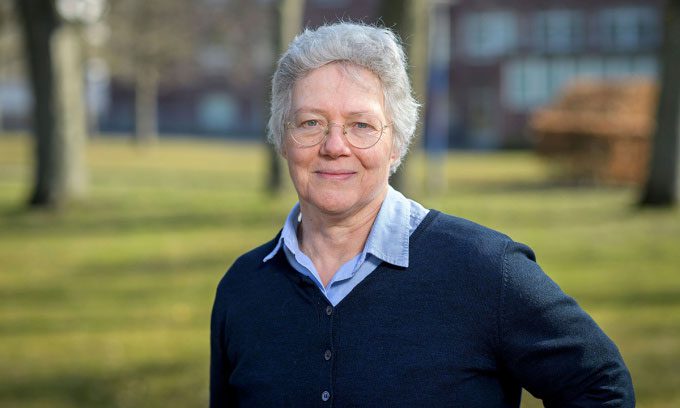Anne L’Huillier, one of the three recipients of the 2023 Nobel Prize in Physics, previously set a world record with her colleagues by creating the shortest laser pulse.
On the morning of October 3, the Nobel Committee took some time to reach Anne L’Huillier to inform her that she had become the recipient of the 2023 Nobel Prize in Physics.
Anne L’Huillier was teaching at the time, and the news of her Nobel Prize brought significant change to her class, much to the excitement of her students. “I was trying to continue my lecture,” she shared during a phone conversation with Adam Smith, the scientific director at Nobel Media. However, the last half hour of the class became “a bit difficult.”
Colleagues and students of Anne L’Huillier celebrate her 2023 Nobel Prize in Physics. (Video: Nina Ransmyr/Lund University).
Anne L’Huillier (65 years old) is a professor at Lund University in Sweden. She, along with two scientists Pierre Agostini (55 years old) and Ferenc Krausz (61 years old), was honored for their experimental methods that produced attosecond light pulses (where 1 attosecond equals 1×10⁻¹⁸ seconds – an incredibly brief period) to study electron dynamics in matter.
L’Huillier is the fifth woman to receive the Nobel Prize in Physics in the over 120-year history of this prestigious award. The four previous women are Polish scientist Marie Curie (1903), German-American physicist Maria Goeppert-Mayer (1963), Canadian physicist Donna Strickland (2018), and American astronomer Andrea Ghez (2020).

Anne L’Huillier is the fifth woman to win the Nobel Prize in Physics. (Photo: Kennet Ruona/Lund University)
L’Huillier was born in Paris, France, in 1958. She defended her thesis on multiphoton ionization in 1986 at Pierre and Marie Curie University in Paris. That same year, she secured a permanent researcher position at the French Atomic Energy Commission (CEA). In 1995, she became an associate professor at Lund University, later becoming a full professor of Physics in 1997. She has been a member of the Royal Swedish Academy of Sciences since 2004.
L’Huillier’s research, both experimental and theoretical, focuses on generating high-order sine waves in gases and their applications. In the time domain, these waves correspond to a series of extremely short light pulses in the ultraviolet spectrum lasting several tens or hundreds of attoseconds. Her research involves the development and optimization of attosecond sources and using this radiation to study ultrafast electron dynamics. Additionally, L’Huillier actively researches electron dynamics in atomic systems following a photoionization event caused by the absorption of attosecond light pulses.
From the late 1990s to the early 2000s, physicists used knowledge of resonant frequencies to generate attosecond pulses in the laboratory. Agostini and his colleagues developed a technique called Rabbit, and in 2001, they successfully created a series of laser pulses, each lasting 250 attoseconds. That same year, Krausz’s group used a slightly different method to generate and study individual pulses, each lasting 650 attoseconds. In 2003, L’Huillier and her colleagues surpassed both with a laser pulse lasting just 170 attoseconds, setting the world record for the shortest laser pulse.
Interestingly, from 2007 to 2015, L’Huillier was a member of the Nobel Committee for Physics. This made her receipt of the Nobel Prize even more special. “I know how difficult it is to receive a Nobel Prize, and I also understand the work that the committee does behind the scenes. So I am very, very grateful,” she told Smith over the phone.
L’Huillier also mentioned that she continues to discover new things in her field of research. “Even now, after 30 years, we are still learning new things. We are trying to improve the process for some applications. It is a complex field of physics, but that is what makes it incredibly interesting,” she shared.


















































